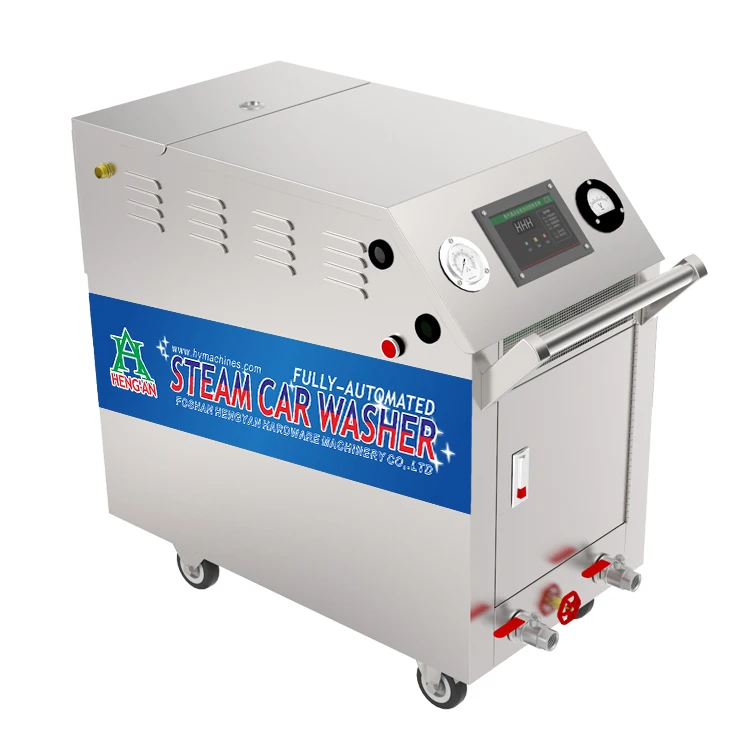
The liquid portion of the condensate collected in.Fallout 3 is an old but classic game. "As the condensate passed through the heater drain discharge trap and headed toward the recovery tank, pressure reduction and flashing began."

"Because hot condensate is essentially a saturated liquid, any reduction in pressure caused a portion of the flow to convert to flash steam," Hammelman added. As heat was transferred to the oil, the hot condensate was trapped and returned to a common condensate recovery tank, maintained at near-atmospheric conditions through a six-inch diameter vent.

"In the original design, steam was generated in the fuel oil steam evaporator and distributed through the fuel oil heating system to the fuel oil tank farm, fuel line heat tracing and fuel oil heaters," said Robert Hammelmann, SAE Consulting Services/Altran Corp. engineers to design a system that maintained the hot condensate from the new (and existing) fuel oil boosters at sufficient pressure to avoid generating flash steam until after its thermal energy could be transferred to the feedwater supplying the fuel oil steam evaporator (FOSE). Management also considered a new condensate waste heat recovery system that would capture energy from the hot condensate and utilize it as both a source of energy to improve plant performance and a means to reduce the steam plume, mitigating the environmental concerns.ĭuring the following months, the plant's project manager worked closely with SEA Consulting Services/Altran Corp.

Management contemplated adding a fuel oil booster heater to improve plant performance, but the additional flash steam resulting from the modification would increase the already objectionable plume from the condensate recovery tank's vent. To compound the situation, the station's fuel oil heating system was not providing sufficient heat for optimal delivery of No. IN MARCH 2004, a large oil-fired power plant in the Northeastern United States had a predicament flash steam released from a rooftop vent was inappropriately being viewed as environmental pollution by neighboring citizens.


 0 kommentar(er)
0 kommentar(er)
